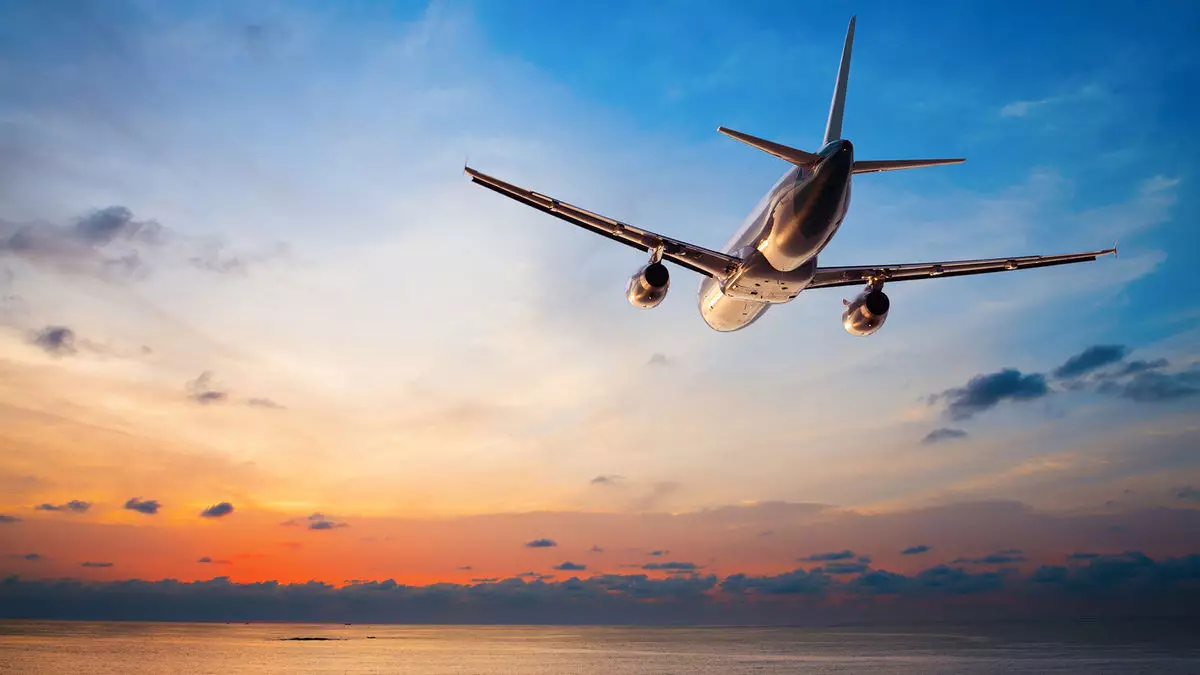As airline executives convened at IATA’s Annual General Meeting in Istanbul last year, the prevalent concern revolved around the impediments in the supply chain that were causing delays in aircraft deliveries. Fast forward to this year’s meeting, and industry leaders are expressing a sense of déjà vu, with little improvement in the situation. IATA director general Willie Walsh remarked that, while the supply chain frustrations have not exacerbated, they have certainly not alleviated either. With the estimated total number of commercial flights for 2024 expected to be 38.7 million, a decrease of 1.4 million from previous forecasts has been attributed to delays in aircraft deliveries.
The Decline in Aircraft Deliveries
The challenges in the supply chain are further underscored by the reduced number of aircraft deliveries scheduled for this year, now totaling 1,583, which marks an 11% decrease from just a few months ago. Airbus managed to increase its deliveries in the first quarter to 142 planes from 127 the previous year. In contrast, Boeing saw a significant drop in deliveries, with only 83 planes delivered compared to 130 in the same period last year. The scrutiny surrounding Boeing’s 737 narrowbody program has only compounded the crisis it is facing.
Engine Woes and Maintenance Struggles
In addition to the delays in aircraft deliveries, the aviation industry is grappling with challenges related to engines. The newest generation of engines by GE and Pratt & Whitney has proven to be less reliable than previous models, leading to increased repair workloads and straining maintenance facilities. This surge in engine repairs has also placed a strain on the market for spare parts, making it even more difficult for airlines to carry out necessary maintenance procedures. The prolonged delays in aircraft deliveries have forced airlines to rely on their existing fleet for longer periods, exacerbating the strain on the parts market.
Industry experts are divided on whether the supply shortage will ease first for engines or airframes, with no definitive end in sight for either. While some believe that the challenges related to engines are closer to resolution compared to the previous year, the shortage in airframes, both widebody and narrowbody, persists. United CEO Scott Kirby remains cautiously optimistic, stating that while the supply chain difficulties seem to have reached a plateau, tangible improvements are yet to materialize. He voiced concerns that the issues with engines may prove to be the most enduring.
United CEO Scott Kirby remains hopeful, emphasizing the importance of acknowledging the existing challenges as the first step towards resolving them. On the contrary, Lufthansa Group CEO Carsten Spohr painted a bleaker picture, labeling supply chain constraints as a monumental obstacle for the industry. He expressed skepticism about a swift recovery, hinting at a prolonged period of struggle ahead for airlines and manufacturers alike.
The aviation industry continues to grapple with persistent supply chain challenges, encompassing delays in aircraft deliveries, engine reliability issues, and maintenance strain. While some progress has been made, the road to recovery remains fraught with uncertainties and hurdles that must be navigated by stakeholders across the industry.


Leave a Reply